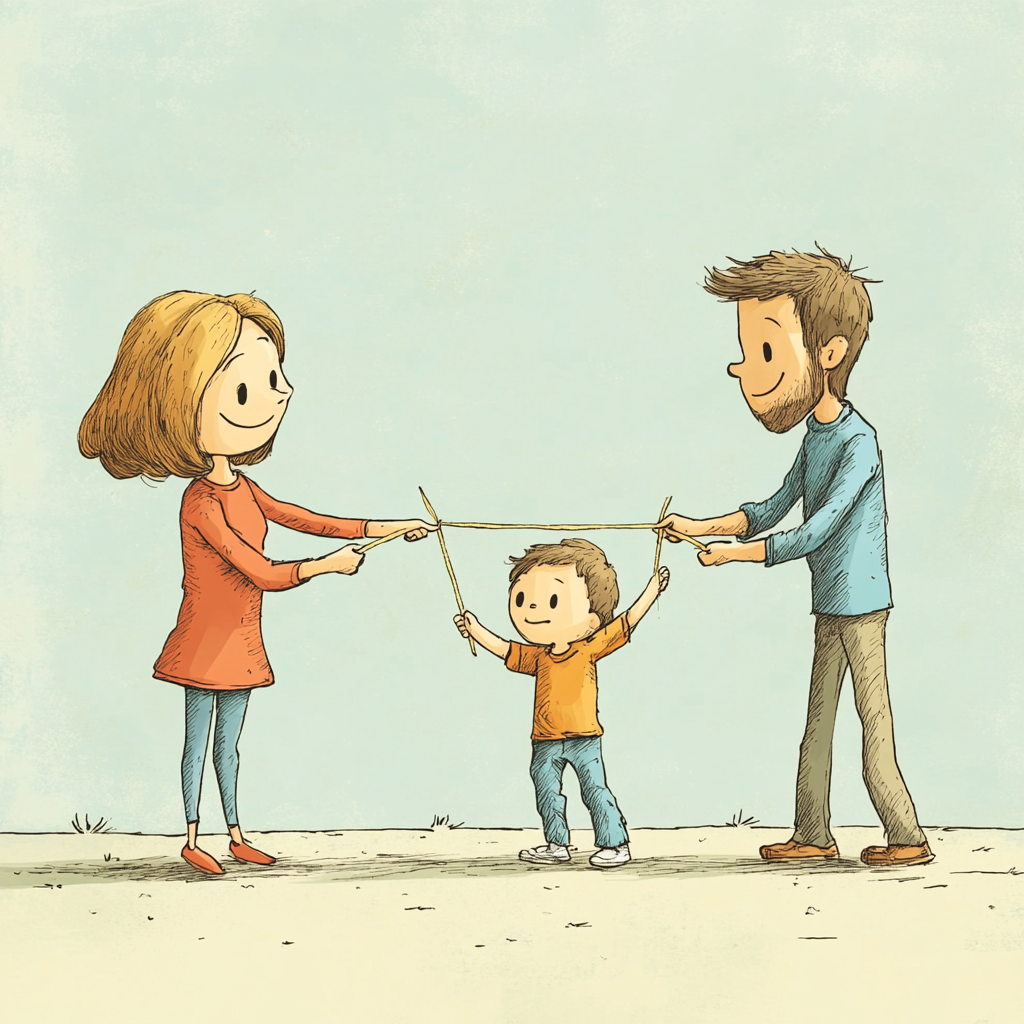The Hidden Wounds of Parental Alienation
In conflict separation and the family court process, it is often seen that one parent ends up with primary care of the child. In some cases, this is necessary—particularly when there is a genuine and proven history of abuse. But where it is not, or even in cases where abuse may have occurred but has been handled without addressing the deeper needs of the child, the real and lasting wounds are often formed in silence.
Much of our culture discusses how a father’s treatment of a mother influences how a daughter expects to be treated in her own relationships. But far less attention is given to the impact of a parent deliberately removing a child from a loving parent while degrading that parent in the child’s eyes. When the alienated parent happens to share the same gender as the child, this can have profound consequences. It can teach the child—on a subconscious level—that they must accept similar treatment in their own lives, normalising emotional rejection or abuse and stripping away the ability to set healthy boundaries.
Mark Wolynn, in his book It Didn’t Start With You, explains how generational trauma is passed down through family lines—unresolved pain, emotional patterns, and unspoken beliefs flowing from parent to child, often without conscious awareness. In cases of parental alienation, the narrative told by the custodial parent can take root so deeply that the child unconsciously adopts the alienated parent’s supposed flaws or behaviours in an attempt to connect with them.
A Real-Life Parallel
Consider “Daniel,” a 10-year-old boy whose mother had full custody after alleging the father was emotionally unstable. Over the years, Daniel was told repeatedly that his father could not be trusted. Despite this, Daniel often found himself angry at school and at home, lashing out without understanding why.
When eventually reunited with his father in adolescence, Daniel admitted, “I thought if I acted like you, maybe you’d notice me, even if we couldn’t be together.” This heartbreaking truth reflects the deep attachment drive children have toward both parents—even when one is absent or maligned.
For example, a mother who consistently tells her child that their father is angry or violent may one day find that her child begins to display anger or aggression—not necessarily because they have inherited it, but as a way to create an invisible bridge to the alienated father. This is a subconscious form of bonding, born from a deep longing for connection. The emptiness and abandonment felt by the alienated parent is mirrored in the child’s nervous system and emotional world.
The malicious tactics and strategies of a controlling parent are rarely about the child’s well-being. While they may claim their actions are “in the best interest of the child,” their behaviours tell a different story. These acts sever the neurological and emotional bonds between parent and child—wounds that cannot simply be reasoned away.
On the outside, a child’s rejection of one parent may look like a conscious choice to align with the other. But internally, the child may still be desperately seeking a way to reconnect. Wolynn’s work explores how these fractured bonds often resurface later in life as destructive patterns, chronic illnesses, relational dysfunction, and a deep sense of unworthiness.
For the true well-being of the child, the ego of the parent must take a back seat. The long-term effects of alienation reach far beyond what most people see. A child may grow up to be outwardly “successful” in the eyes of society, yet carry psychological wounds that continue to drive their behaviour—often in ways that keep them striving for validation, connection, or worth.
External success is not always a reflection of internal wholeness. Many highly accomplished individuals have built careers, businesses, or reputations as a way to prove their value to the world, all while silently carrying a low sense of self-worth.
Our parenting—the words we speak, the choices we make, the way we model relationships—shapes how our children see themselves, the world, and their place within it. These early impressions form the blueprint for how they give and receive love, set boundaries, and define their worth. The meaning they assign to life’s experiences is filtered through these beliefs, often formed in the shadows of parental conflict.
If we truly wish to protect our children, we must ensure that our actions, not just our words, align with their long-term emotional and psychological well-being. Because wounds left unhealed in one generation rarely stop there—they ripple forward, shaping the lives of children yet to come.
